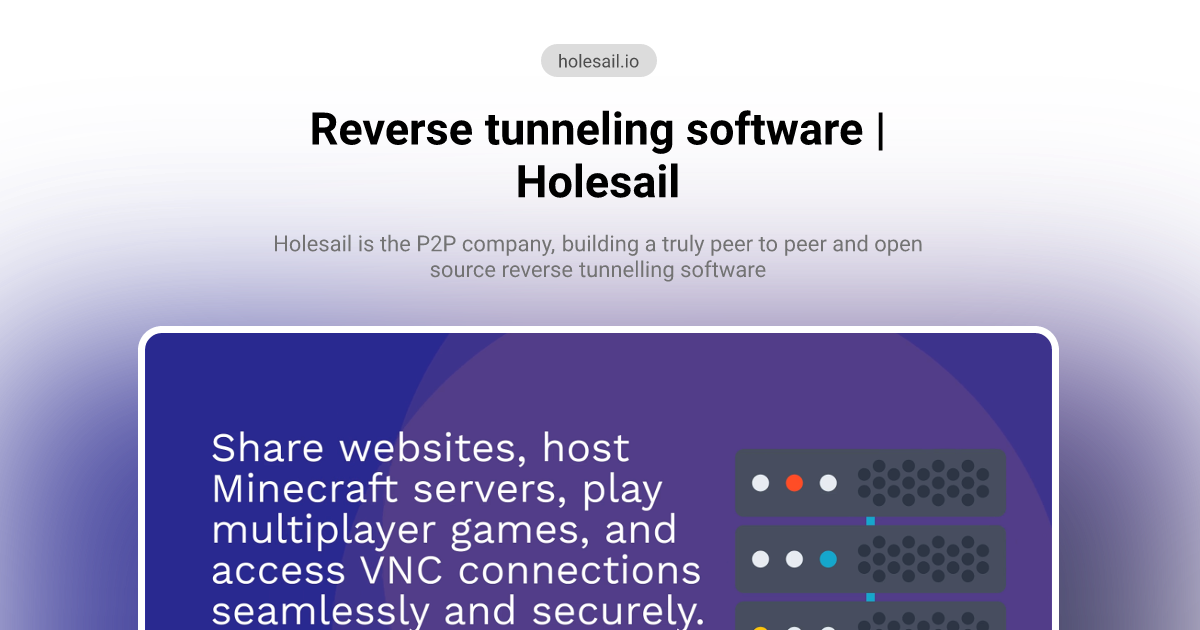- 35 Posts
- 230 Comments
You may know me as a Bitcoin educator and engineer.
Yeah well, in that case, fuck you and the hypercapitalist horse you rode in on.
This guy is a protocol engineer, talking about protocols. You may not like like Bitcoin, but it’s pretty hard to argue it’s not one of the most successful, widely-used, and forked open source protocols developed in the last several decades. Bitcoin core is in the top 100 starred repos on Github. It has a unicode character.
Bitcoin’s market cap (> 1 trillion USD) is bigger than Sweden’s GDP and it moves billions of dollars around the world every year. You can use it to send money to anybody with a phone and a halfway reliable internet connection in under a second for pennies in fees, and it settles instantly. And it’s been working for 15 years without a single hour of downtime, bank holiday, or hack despite pandemics, wars, financial crises, and attempted bans by global powers.
Like, be mad if you want, but it’s a pretty successful and robust protocol. And if you don’t like it, you can fork it and change it, because it’s open source.
Sure, you can run one, good luck getting even a halfway decent delivery rate to mailboxes at any major mail provider. Even if they never receive a spam message from your server, your server is an “unknown” which counts against you. And if one person in your small company of 10 or 100 or even 1000 people gets their e-mail hacked and sends spam? Prepare for the rest of them to get punished for it. Running an SMTP server is a nightmare which is why, over time, more and more of the economy has just shifted their SMTP servers to organizations who professionally run SMTP servers instead of having their own.
It would be annoying to lose your instance, true, but you just move to another or roll your own.
This is a problem nostr solved, and I believe bluesky solves as well though idk as much about the protocol. On nostr, your identity and your instance are different things. Relay goes down? There’s no meaningful impact to you. You’re typically connected to several, each of which store your content. You identity isn’t username@somerelay dot com, it’s just username.
As a user, I had this happen to me early in mastodon and it was very frustrating to lose all my follows, followers, tweets, settings, etc. I realize there’s now ways to manually backup etc but properly moving an account requires a cooperative instance which can’t happen if it’s de-federated or just drops offline randomly like mine did.
The Fediverse and ActivityPub will continue to evolve, but unlike SMTP, they were created after the internet became adversarial. This author isn’t the first to try to fearmonger over the future of AP, and they won’t be the last.
This isn’t fearmongering, it’s him reviewing the ways SMTP tried to solve the spam problem and became centralized as a result. These questions of how we tackle spam and moderation are valid, important questions. And Fediverse, at a structural level, is basically the same as SMTP. We have users at instances (e-mail hosts), they can send messages/tweets/links (emails) to users on other instances. Each instance is free to accept/reject messages from other instances based on their own criteria. That’s the whole thing. That’s exactly how SMTP works.
And didn’t know it’s possible to defederate an email provider.
It absolutely is, your mail provider “de-federates” aka blocks mail from plenty of other e-mail providers.
Agreed :)
This is an instance moderation problem. If you’re letting spammers in, you need to use a better application process or something similar to that. A big problem with email spam is that most email services allow anyone to sign up for free without any checks.
Which is one reason, this author is arguing, that e-mail has become so centralized. Doing that kind of manual moderation and curation is expensive, the bigger instances out-compete the smaller ones who don’t have as much resources to dedicate to it. As more and more instances get “de-federated” for not having as good of anti-spam measures as the bigger instances, more users will sign up at big instances to avoid defederation risk. Just like how many people use gmail simply because their email delivery rate is so good. If I send from g-mail, there’s very few servers which will reject my message or throw it in the spam folder. I’d love to run my own mail server, but even as a dedicated sysadmin it’s impossible to get decent delivery rates.
The more anti-spam checks we have, yes we weed out spam, but we also make it accessible to less users as well.
AP has been blessed so far with not having to fight too much spam. Look at very popular, very centralized, very resourced platforms like Facebook, spam is still a problem on their platform despite massive resources put towards fighting it.

 21·4 months ago
21·4 months agoBut as you experience more you do know more
About some things. You also lose knowledge with time as well as mental acuity. The brain is a leaky memory storage device.
Don’t email spammers just spoof the domain or send without a domain?
They do both, depending on the spammer and the type of spam they send. In e-mail, you have an e-mail server, you can use it to send mail to users on other e-mail servers. Each e-mail server can choose to accept or reject email from other e-mail servers based on whatever reason they want. AP/Lemmy/Mastodon is basically identical to this. I’m not sure how exactly bluesky is setup but I get the impression it’s similar. In Nostr, servers aren’t federated (each relay is seperate, if you want to send/recieve content to another user on a different relays you just talk to that relay directly instead of having “your relay” act as an intermediary), but the structure is still pretty similar.
Nostr does have this hashcash type system (requiring proof-of-work to weed out spam), but I haven’t come across any relays that actually enforce it, it will be interesting to see if that changes in time. I also saw a GitHub issue about adding something similar to AP but I think they chose not to implement it.
Domains aren’t free and I don’t think it’s worth it for them to buy a new domain to just be able to spam for a short time again.
Literally what e-mail spammers do.
Agreed defederating can help solve obviously malicious instances, it doesn’t solve spammers abusing good instances. E-mail and AP are very similar at a protocol structure level.

 8·4 months ago
8·4 months agoA. I wouldn’t because that implies by being around longer I know more or am more right about some things than young people. I’ve accumulated knowledge, but that doesn’t mean anybody should listen to what I have to say or that I’m wiser. There are certainly times that is true, but it’s also true that we have a lot to learn from them and we should listen to them.
B.
- Health is your greatest wealth.
- Love is the answer and all that matters. Be good to others
- Stay humble
- Stack sats

 2·4 months ago
2·4 months ago

 1·4 months ago
1·4 months agoFirstly, rich people already do this with our existing currency systems. So that has to be what we’re comparing against. And nobody has done this because there’s zero benefit to doing so.
The thing you’re talking about is a 51% attack and the answer is:
- The cost of doing so, which continues to increase and is around a trillion dollars currently. Even if you had the money, there are very significant logistical hurdles which make it difficult and means people would see it coming a mile away. They don’t have to buy coins, they have to buy energy and equipment to turn that energy into mining and they have to keep buying energy as long as they want their attack to continue. That trillion dollar figure is for one block worth of attack (10 minutes). The longer you attack, the more the cost per block goes up too.
- There is no benefit to doing so. The second your attack ends, the network reverts to the true “main chain”, the system is designed to be really robust
There are only two things you can do with a 51% attack
- “double-spend” meaning you spend the same coins twice. But if somebody is going to trade you 1 trillion dollars of stuff, they’re going to wait for more than a few blocks confirmation. The scenarios where this makes any economic sense for anybody to attempt are basically zero.
- Delay (censor) transactions which will go through the second your attack ends
Even if you controlled 51% of the network you cannot:
- Spend money you don’t have the key for
- Increase the supply beyond 21 million coins
- Otherwise make invalid transactions
Because all other nodes would reject your transactions as invalid.
I always think in terms of time, and I have a spreadsheet to track my “actual hourly” i get from work and side hustles so I can know which are working best for me. When evaluating items to buy, I think about how much time it would take me to buy the item instead of the amount in dollar or whatever since the dollar’s value changes with time. This also helps me because I generally try to not think in USD to begin with since I mostly use Bitcoin. At first, I tried thinking in BTC but it’s volatile enough that this is not much any better than thinking in USD. Tying things to hours makes more sense. If you know your “average hourly” it’s easy to determine whether or not to fix something yourself or hire somebody else to do it.

 413·4 months ago
413·4 months agoExcept the IMF, World Bank, Moody, Standard and Poor, etc.
They don’t trust it, they just have no other figures to work off. China has a long history of faking numbers or suddenly stopping the publishing of numbers when it can make the party look bad. https://www.bloomberg.com/news/articles/2023-08-16/china-is-hiding-more-and-more-data-from-the-rest-of-the-world
lol
Ok, be mad. A 15 year trend of growth on average no matter how you measure it: market cap, number of nodes, transaction volume, transaction capacity, etc. If you have thought Bitcoin was a scam or a bubble about to burst or whatever, you’ve been wrong 15 years in a row, maybe it’s worth reconsidering. Because it’s not just crypto bros using or investing in it now, it’s national treasures, it’s big banks and finance. But you know, on year 16 you’ll finally be proven correct, right?

 417·4 months ago
417·4 months agoRemoved by mod

 6·4 months ago
6·4 months agoDecentralized & federated networks: Lemmy, Mastodon, Nostr, Freenet, I2P, etc

 413·4 months ago
413·4 months agoBitcoin basically any year prior to now. You probably think it’s a scam or not useful or whatever, but it’s had a continuous average trend of growth for 15 years no matter how you measure it (market cap, number of nodes, transaction volume, etc). So apparently a lot of other people including large investment banks disagree. If you thought it would disappear next year because it’s a bubble, you’ve been wrong 15 years in a row and it’s maybe worth reconsidering. Bitcoin’s market cap places it in the top 25 countries by GDP, higher than Sweden! If you’re curious about pros/cons/FAQ and myth-busting around it check out http://bitcoin.rocks
Pretty much everything negative you’ve heard about it is wrong, terribly un-nuanced to point of being wrong, or about something that isn’t bitcoin. Scam cryptos rugging people? Not Bitcoin. Stupid monkey JPEGs selling for a million dollars? Not Bitcoin. FTX/exchange collapses? Not Bitcoin. Slow transactions and high fees? Not Bitcoin (thanks to Bitcoin lightning), transactions confirm in under a second for pennies in fees. Anybody can print Bitcoin? Nope, the supply is capped at 21 million coins. People with the most coins control the network? Nope, amount of coins is totally unrelated to network consensus and rules. Boiling the oceans? It moves trillions of dollars in value every year using < 1% of energy, mostly from renewables (as they are cheapest) and helps even out demand curves/incentivizes provisioning renewable electricity. Makes electricity cost more? Nope, it makes electricity cost less because miners only buy the cheapest electricity possible (off-peak hours) so they don’t compete with regular users. That means you aren’t paying for “un-used supply/capacity” with your bill because your grid always has a buyer for any surplus electricity generated.

 2·4 months ago
2·4 months agoIt is. Lightning transactions confirm in under a second, you can sell those instantly via an exchange. The price is not that unstable and already more stable than many national currencies. You can guarantee that they receive the same amount of BTC.

 3·4 months ago
3·4 months agoBitcoin has collapsed like three times in the last like 7 years dawg.
If you bought 1 BTC 15 years ago, you still have 1 BTC. It has not collapsed. The price relative to USD has collapsed a few times, but the average trend is growth. Bitcoin does not guarantee any price relative to any other currency, because it can’t, all it can guarantee is a stable supply of currency. The USD, in that time period, has lost >20% of its purchasing power as well, so the USD also “crashed”.








Yes quite a few as other commenters have indicated. Another good one is [email protected]. BOINC is an open source platform for volunteer computing that also has hundreds of scientific papers and citations under its belt. There are BOINC projects for medical research, space research, math, you name it, there’s probably a BOINC project for it. Anybody can start a BOINC project and you choose which projects you contribute CPU/GPU time to. You can pick more than one at a time. You may recognize some of the people hosting BOINC projects: Large Hardon Collider, Max Planck Institute, University of Washington Institute for Protein Design, etc